4 Myths People Still Believe About Asbestos Removal Services
Despite increasing awareness about the dangers of asbestos, there are still numerous myths surrounding asbestos removal services. This article aims to debunk these misconceptions and provide clarity on safe asbestos handling practices. Asbestos, once widely used for its durability and resistance to heat, poses a significant health risk when its fibers become airborne. These myths often lead to misconceptions about the necessity and methodology of asbestos removal, potentially putting more people at risk. By examining common myths, we can better understand the importance of professional asbestos removal services and implement safer practices.
Myth 1: Asbestos is No Longer a Problem
Understanding the Longevity of Asbestos-Containing Materials
Asbestos-containing materials were used extensively in buildings constructed before the 1980s. Their inherent durability means these materials can persist for decades, thus remaining a health hazard. Even today, many older buildings are laden with asbestos in insulation, flooring, and roofing. The risk remains, especially in structures that have not been inspected or renovated in recent years. Therefore, the belief that asbestos is no longer a problem is a dangerous misconception that leaves many unaware of potential exposure risks.
The Risks of Aging Infrastructure
As buildings age, the chance of asbestos-containing materials deteriorating increases, leading to potential fiber release. Many infrastructures built in the mid-20th century now face critical maintenance and renovations, during which asbestos fibers can be disturbed. When asbestos is disturbed, such as during construction or renovation, it becomes friable, meaning fibers can easily become airborne. These fibers, when inhaled, are a known cause of severe respiratory diseases, including mesothelioma and asbestosis. Consequently, older infrastructures pose ongoing risks that require professional intervention to manage safely.
Recent Cases of Asbestos Exposure
Despite stricter regulations and public awareness, recent cases highlight the persistent threat of asbestos exposure. Instances of asbestos found in schools, public buildings, and even homes have made headlines, underscoring the need for vigilance. These cases illustrate that remnant asbestos is an issue not confined to industrial or commercial sites but can affect residential areas as well. Continued reports of asbestos exposure-related illnesses stress the need for informed decisions regarding its removal and management. Asbestos remains a significant concern and must be handled with ongoing diligence to prevent health risks.
Myth 2: DIY Asbestos Removal is Safe and Easy
Health Risks Associated with Improper Handling
Many homeowners underestimate the risk associated with DIY asbestos removal, assuming it’s no different from other home improvement tasks. However, improper handling of asbestos significantly increases the risk of asbestos fibers becoming airborne, endangering the health of anyone nearby. When inhaled, these fibers can cause debilitating diseases that often do not manifest until decades later. The allure of saving money through DIY removal often blinds individuals to these severe long-term health risks. Professional asbestos removal services exist because of the complexity and danger involved in handling these materials safely.
The Technical Complexities of Safe Removal
Safe asbestos removal involves stringent procedures and specialized equipment to mitigate risks. The process adheres to regulatory standards that ensure asbestos fibers are contained and disposed of properly. This technical complexity is not something an average homeowner is equipped to handle, making DIY attempts both hazardous and illegal. Certification for handling and removing asbestos is a testament to the specialized knowledge and skills required. The myth that asbestos removal is easy to handle without professional assistance poses a grave threat to health and safety.
Legal Implications of Unauthorized Asbestos Removal
In addition to health concerns, there are legal implications for attempting unauthorized asbestos removal. Many regions have strict regulations governing who can remove asbestos and how it must be done to protect the public from exposure. Violating these laws can result in substantial fines and liabilities, especially if the unauthorized work results in broader exposure. Homeowners attempting DIY asbestos removal risk not only their health but also significant legal repercussions. Employing certified professionals ensures compliance with all relevant regulations and protects against potential legal issues.
Myth 3: Asbestos Removal Services Are Too Expensive
Cost Vs. Long-Term Health Benefits
A common misconception is that asbestos removal services are prohibitively expensive, leading some to dismiss professional help. However, when compared to the potential costs of medical treatment for asbestos-related health issues, professional removal is a prudent investment. According to Fixr, asbestos removal costs range from as low as $3 per square foot to as high as $150 per square foot for hard-to-reach areas. These costs are significantly lower when compared to the potential medical expenses from diseases caused by asbestos exposure. Investing in professional services can ultimately protect both financial health and personal well-being.
Understanding the Pricing Structure
The cost of asbestos removal varies significantly depending on the scope and complexity of the removal. Factors influencing cost include the amount of asbestos present, its location, and the ease of access for removal. While the upfront costs might seem daunting, understanding the breakdown can help demystify the financial aspect of asbestos removal. Professionals provide detailed estimates that cover labor, safety precautions, and disposal expenses, ensuring transparency. This comprehensive pricing structure aims to provide the safest and most effective removal process possible.
Insurance Coverage and Financial Assistance
Some homeowners may qualify for insurance coverage or financial assistance for asbestos removal, depending on their policy and location. Many insurance providers include coverage for asbestos testing and removal as part of their homeowners’ policies. In addition, governmental assistance programs may offer financial aid or tax incentives for making health-related improvements to homes. Working with experienced professionals can help homeowners navigate these options to alleviate some financial burdens. Exploring these avenues can make professional asbestos removal more accessible and reduce the perceived financial barrier.
Myth 4: Asbestos in Good Condition Isn't Dangerous
Understanding Friable vs. Non-Friable Asbestos
Asbestos that appears to be in good condition may still pose a significant risk, particularly if it becomes friable. Friable asbestos easily crumbles to the touch, releasing harmful fibers into the air. In contrast, non-friable asbestos is more solidly bound, but that doesn’t mean it’s without peril. If non-friable asbestos materials are disturbed or damaged, such as during renovations, they too can release fibers. The assumption that asbestos is harmless if undisturbed overlooks potential risks posed by future damage or deterioration.
How Building Renovations Can Disturb Asbestos
Renovations can unknowingly disturb asbestos, even when it appears undisturbed before work begins. Activities such as cutting, drilling, or sanding can break apart asbestos-containing materials and release fibers into the environment. The risk of inadvertent fiber release during renovations emphasizes the need for professional inspections before any work begins. Comprehensive inspections ensure that any hazardous asbestos is identified and addressed prior to the start of renovations. This allows for safe removal or encapsulation by trained professionals, safeguarding the health of occupants and workers alike.
Long-Term Risks of Asbestos Exposure
Asbestos-related diseases often take years or even decades to manifest, making early exposure especially insidious. Mesothelioma, lung cancer, and asbestosis are just a few of the severe illnesses linked to asbestos exposure. Once these diseases develop, they are often irreversible and difficult to treat, leading to significant health deterioration and reduced quality of life. Regular inspections and preemptive removal of asbestos, even if it appears in good condition, can prevent unnecessary exposure. This proactive stance minimizes long-term health risks, lending to a safer living or working environment.
By debunking these myths, it is evident that informed decisions regarding asbestos removal are necessary to ensure safety and compliance. The complexities and dangers associated with asbestos underscore the need for professional expertise in managing and removing it safely. Education and professional consultation remain crucial in effectively mitigating asbestos-related risks and fostering a greater understanding of necessary health precautions. Pursuing professional services not only protects health but also ensures adherence to regulations and legal standards. Ultimately, these efforts contribute to a safer environment, safeguarding the well-being of individuals and communities alike. Be sure to reach out to New England Surface Maintenance today for more information on our professional asbestos removal services!


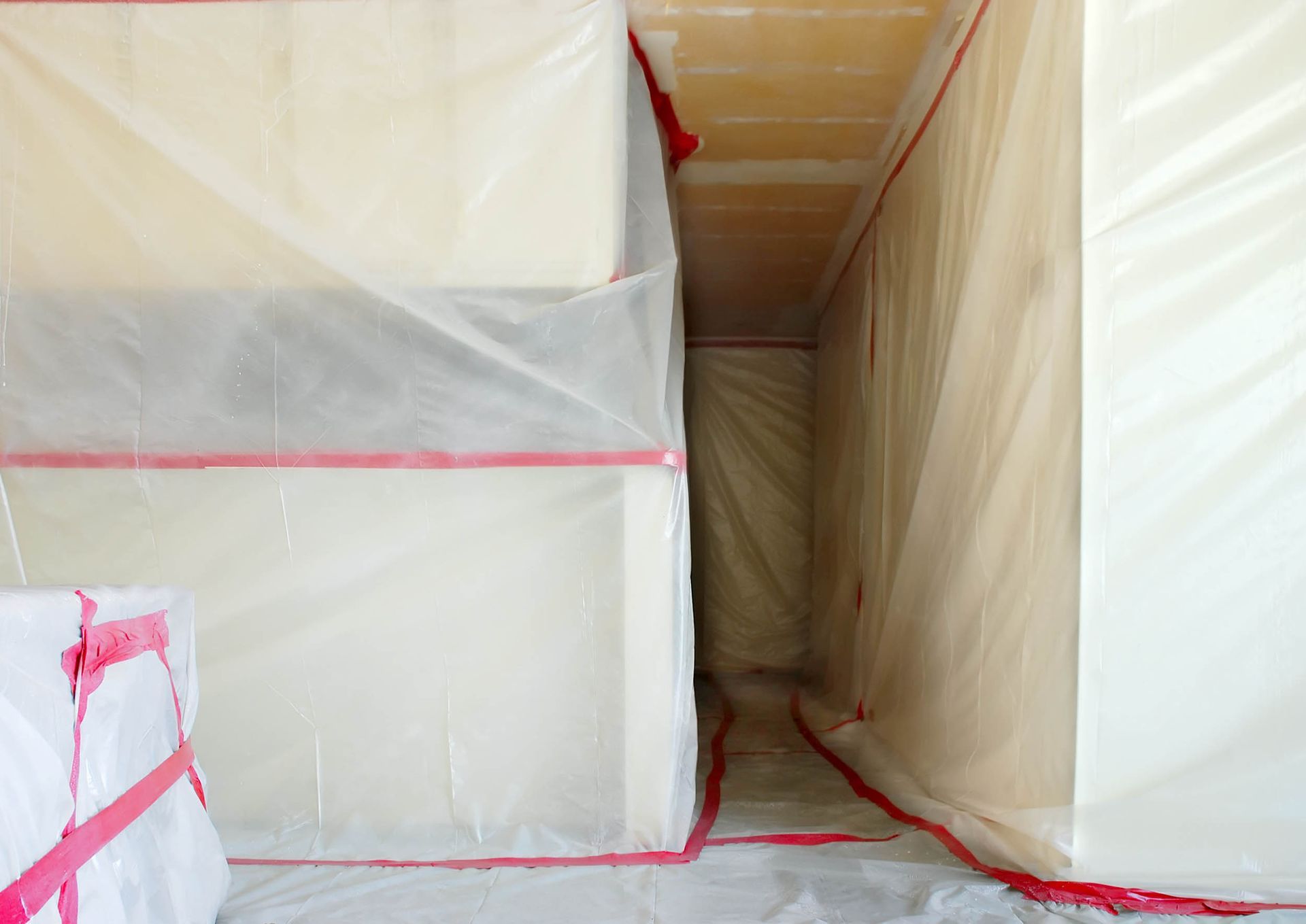
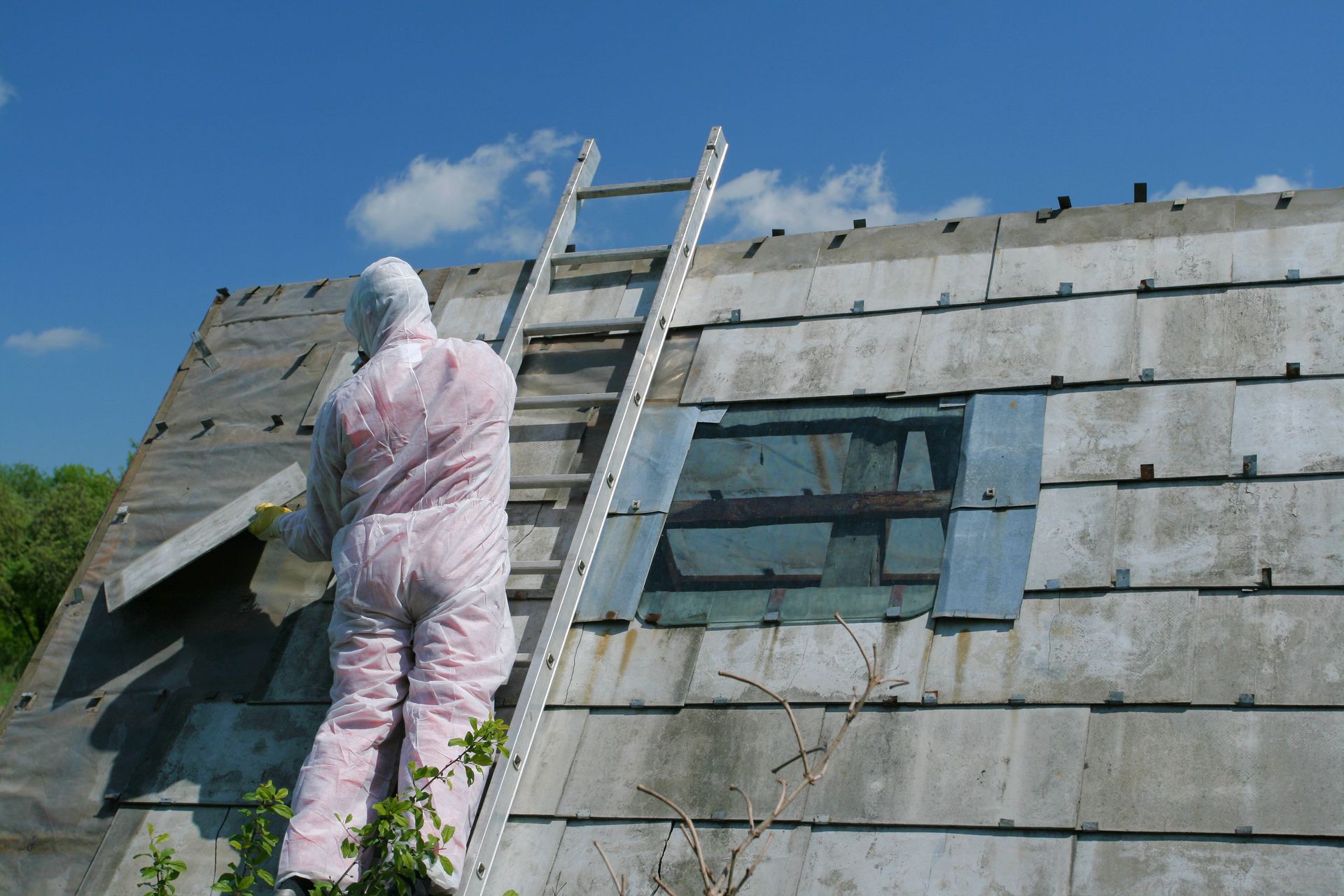

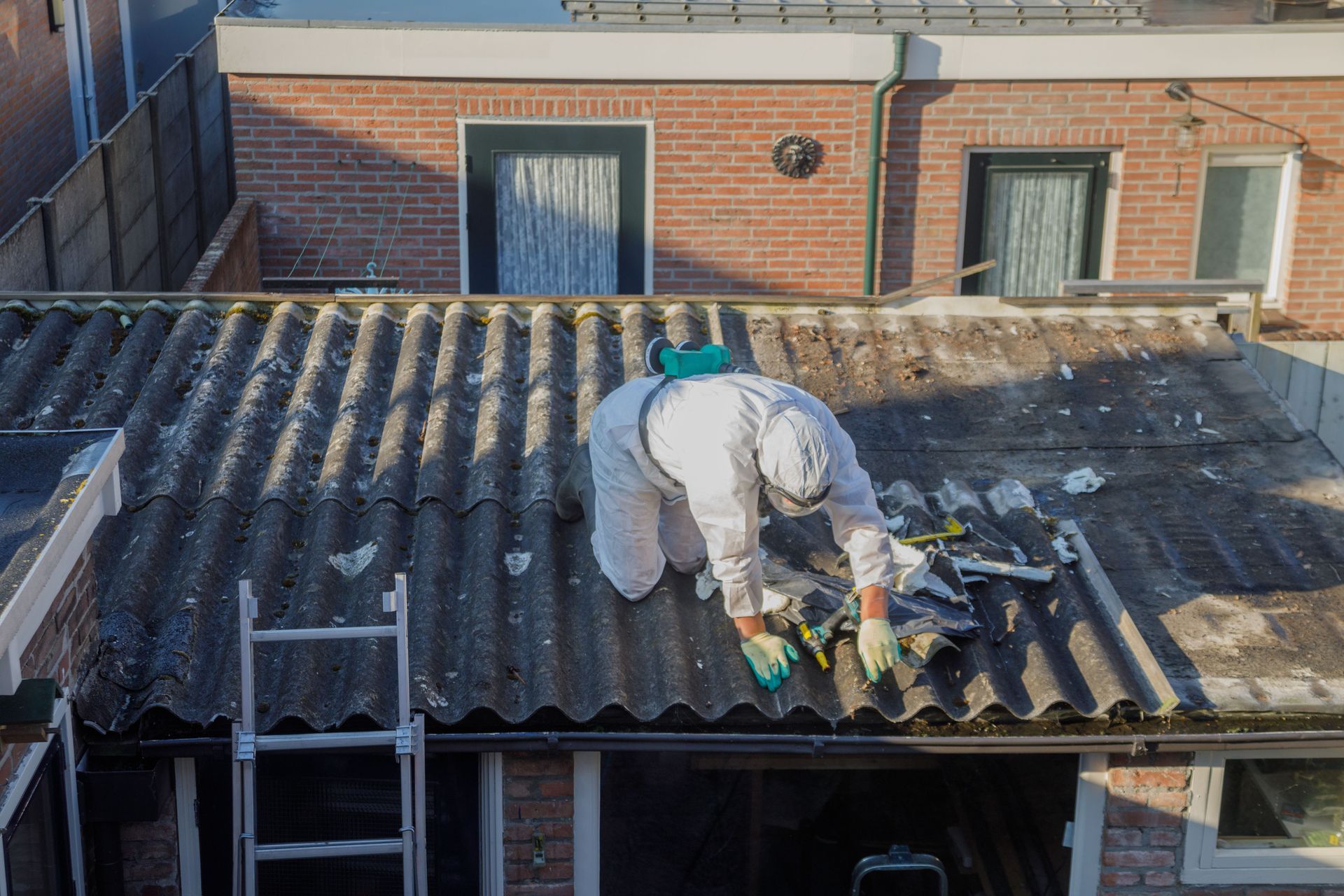
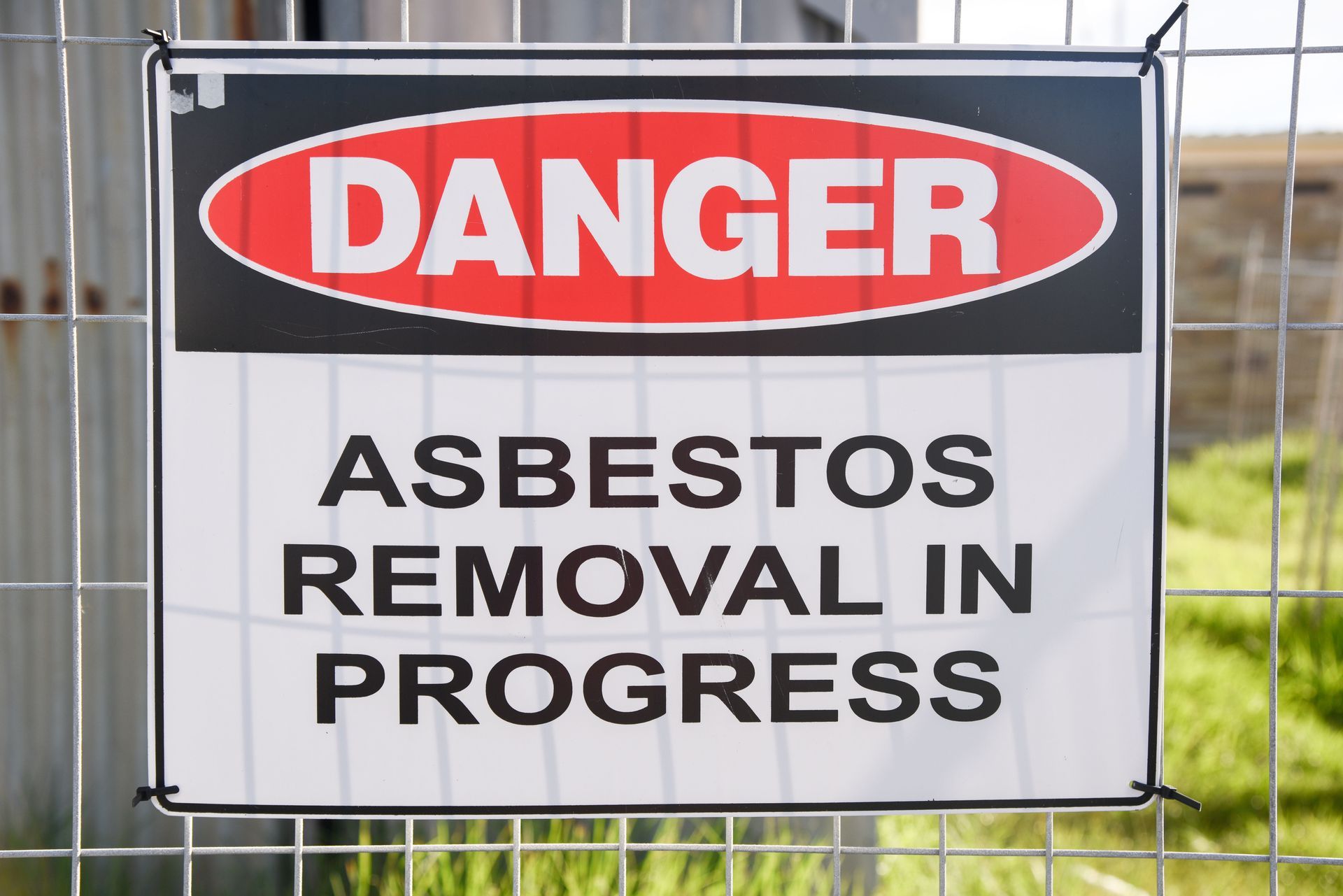
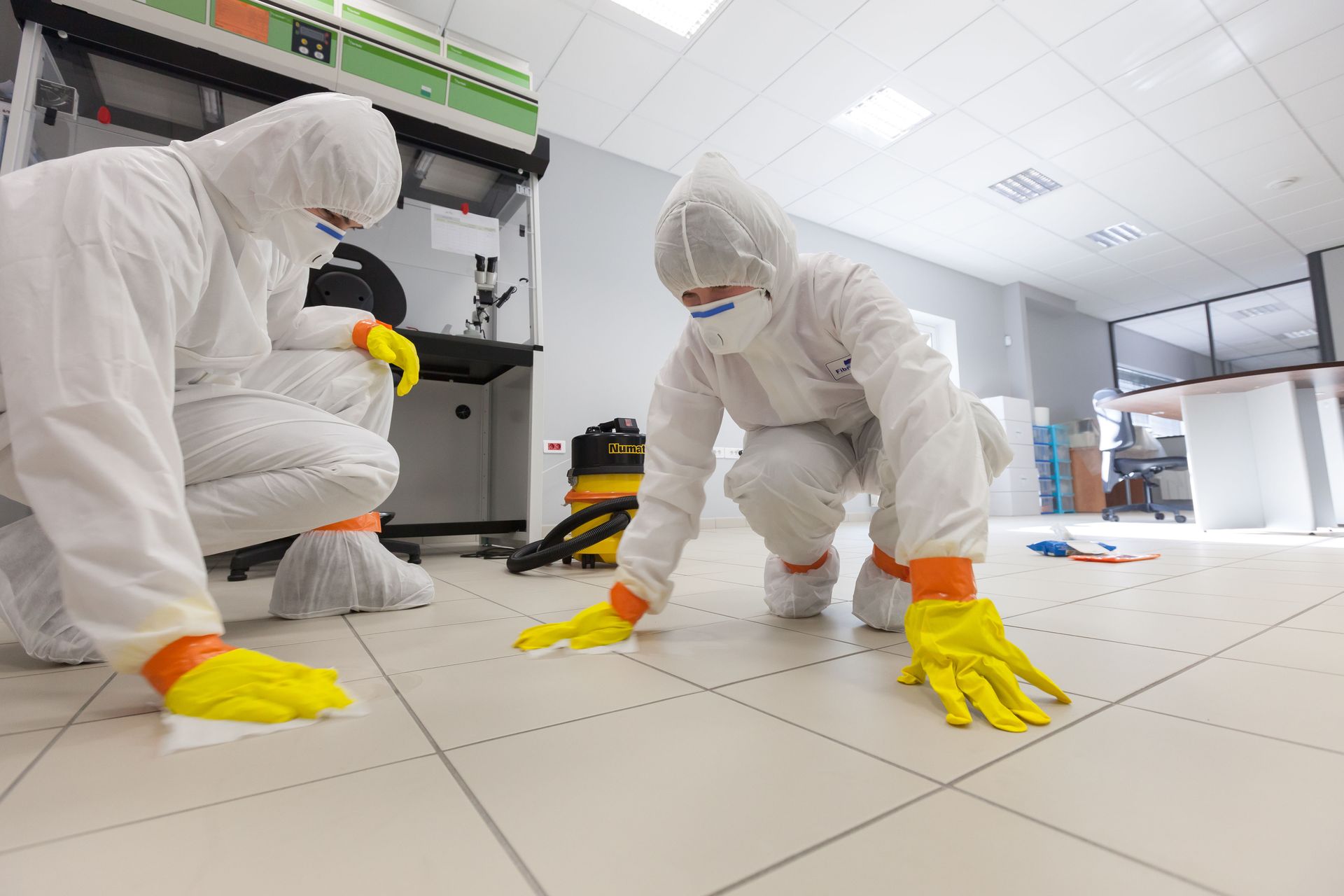

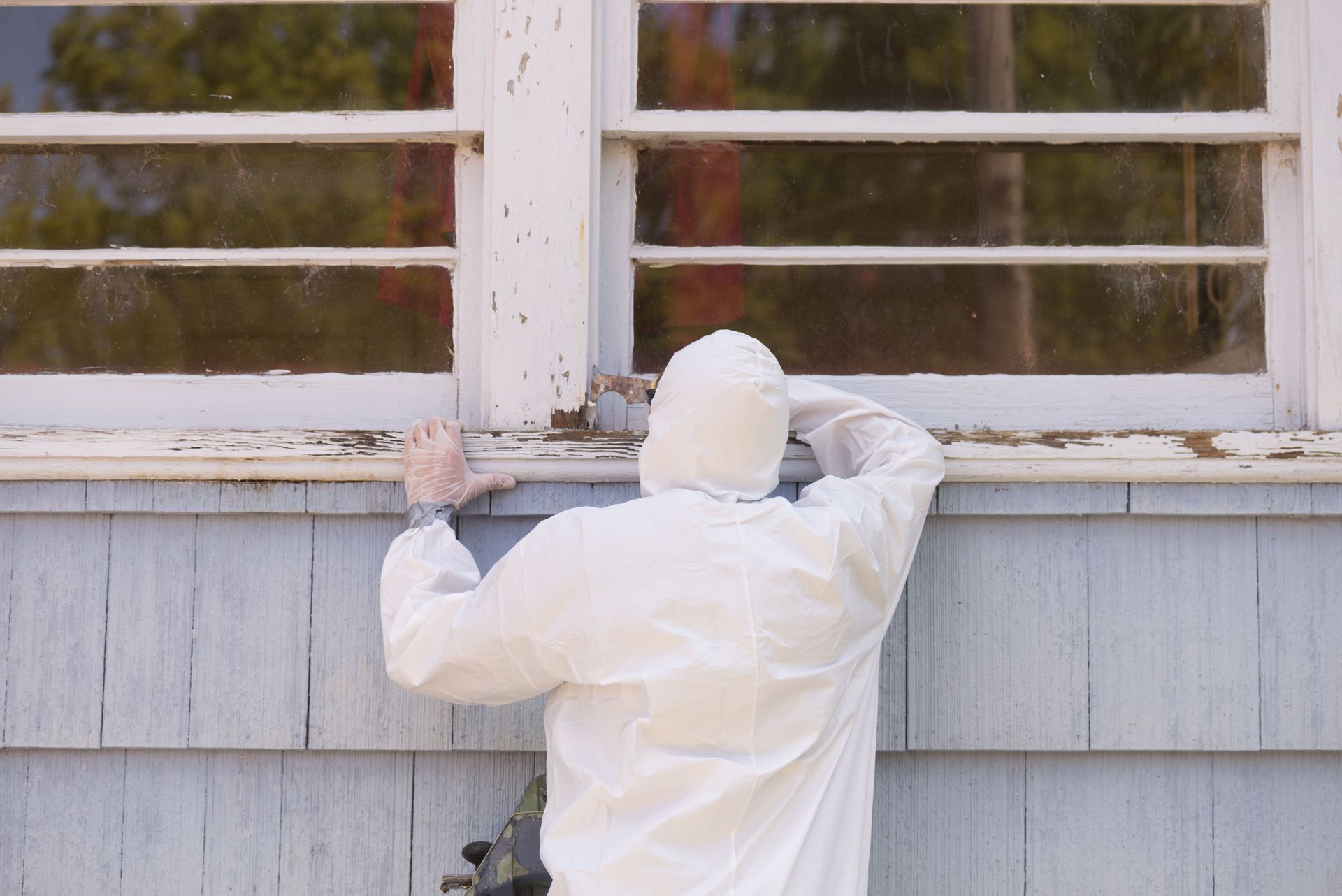
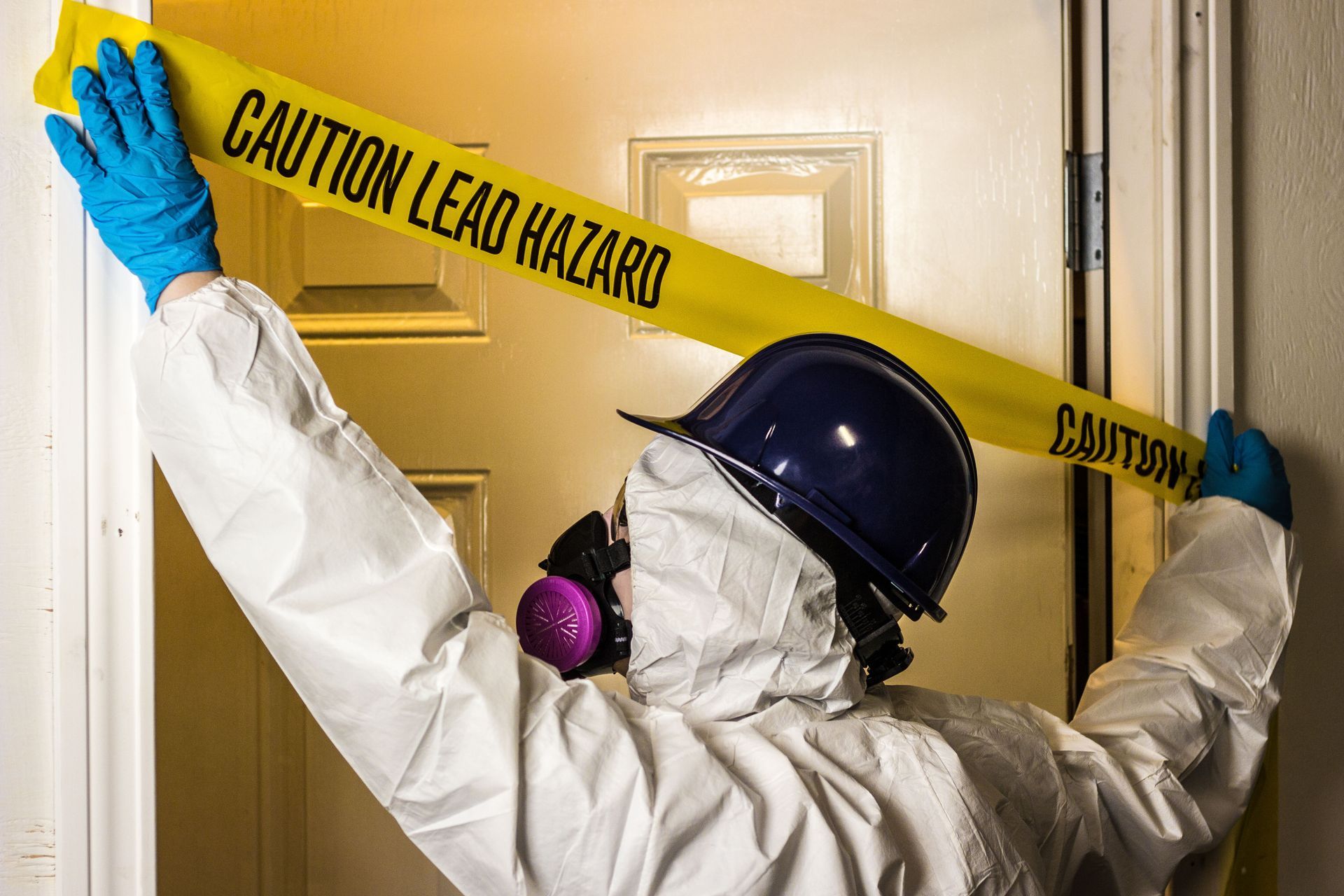
Share On: